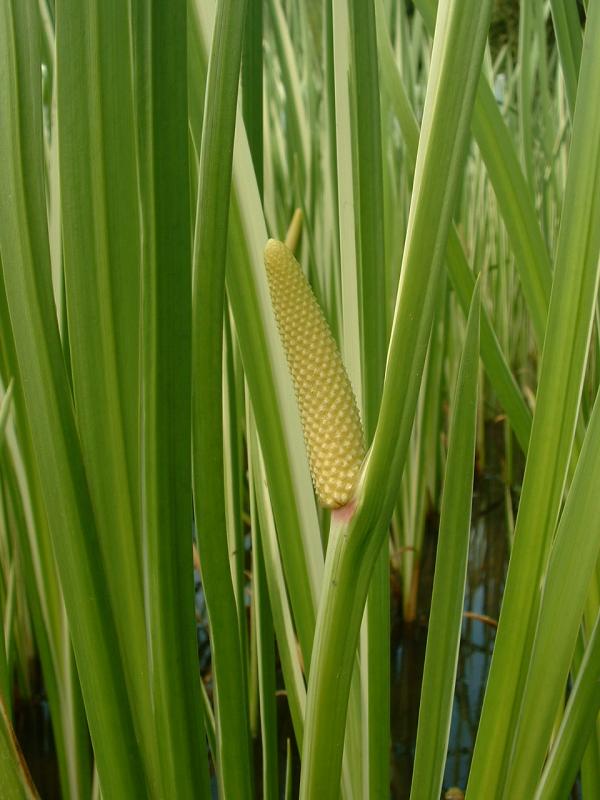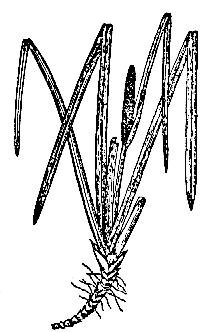[1] Barefoot Doctor's Manual- 1977 Prepared
by the Revolutionary Health Committee of Hunan Province. Original Chinese manual-
Victor W. Sidel. Originally published by Dr Joseph Quin and the Fogarty International
centre, Bethdesda (1974). Madrona Publishers Seattle Washington ISBN 0-914842-52-8
[2] A Complete English Dictionary of Medicinal Terms in Chinese Acupuncture and
Herbalism 1981 - Henry Lu Chinese Foundations of Natural Health- The Academy of
Oriental Heritage, Vancouver, Canada.
Images
1.
en.wikipedia.org
by J.F. Gaffard, Autoreille, France CC BY-SA 3.0
2.
en.wikipedia.org
Uploaded by Jeffdelonge CC BY-SA 3.0
 Acorus calamus. 水 菖
蒲 Shuǐ chāng pú
Sweet flag, Calamus Family: Araceae
Acorus calamus. 水 菖
蒲 Shuǐ chāng pú
Sweet flag, Calamus Family: Araceae
